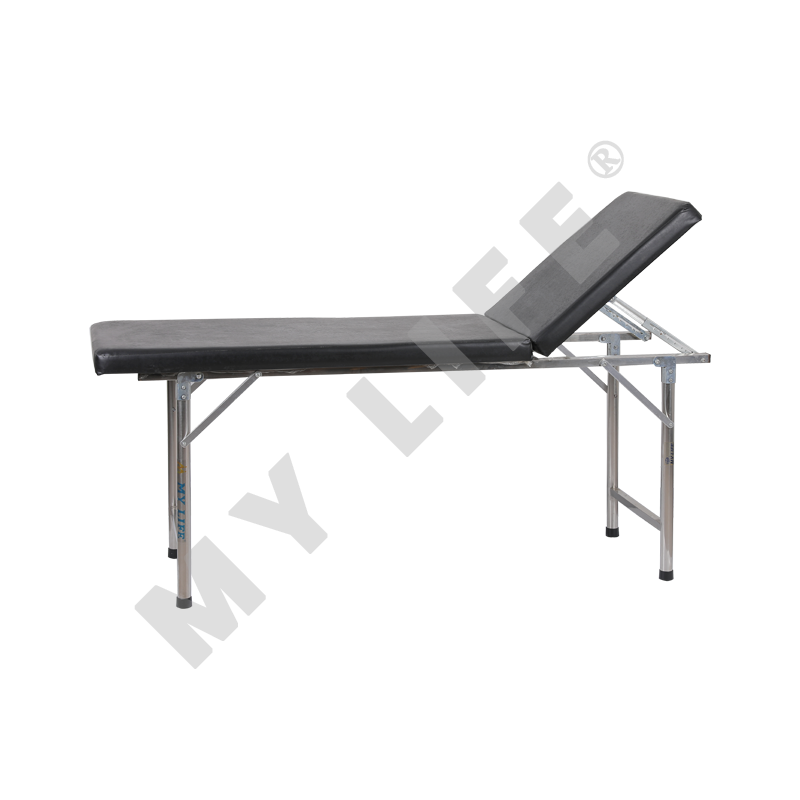What is the role of examination beds in telemedicine?
Examination beds play a limited role in traditional telemedicine, as they are physical pieces of furniture used for conducting in-person medical examinations. However, in the context of telemedicine, where medical consultations are conducted remotely using technology, examination beds themselves are not directly involved. Instead, various other components and technologies are used to facilitate virtual medical assessments.


In telemedicine, medical consultations are conducted through video calls, audio calls, or even text-based communication platforms. The primary tools used in telemedicine include:
Video Conferencing Software: Video calls allow healthcare providers to see and interact with patients in real time. Patients can show and describe their symptoms, while doctors can ask questions and provide guidance.
Digital Imaging and Scanning: Patients might be asked to use their own devices to capture images or videos of certain areas for examination, such as a rash or an injury. These images can be shared with the healthcare provider for assessment.
Remote Monitoring Devices: Some telemedicine appointments involve the use of specific medical devices that can transmit data to healthcare providers. For example, remote blood pressure monitors, glucose monitors, and even wearable fitness trackers can provide valuable health information during virtual appointments.
Electronic Health Records (EHRs): Healthcare providers can access a patient's medical history, test results, and other relevant information through electronic health record systems, which can be crucial for making informed decisions during remote consultations.
Communication Platforms: Text-based communication, including secure messaging, emails, or chat platforms, can also be used for consultations, especially for non-urgent matters.
While examination beds themselves aren't a central component of telemedicine, certain types of appointments that involve physical examinations might require patients to have access to a suitable space where they can lie down or position themselves comfortably for specific assessments guided by the healthcare provider. For instance, a patient might need to perform certain physical movements or postures while the doctor provides instructions remotely.
In summary, examination beds don't have a direct role in telemedicine as they do in traditional in-person examinations, but various other technologies and methods are employed to replicate aspects of medical assessment remotely.

 英语
英语 中文简体
中文简体






